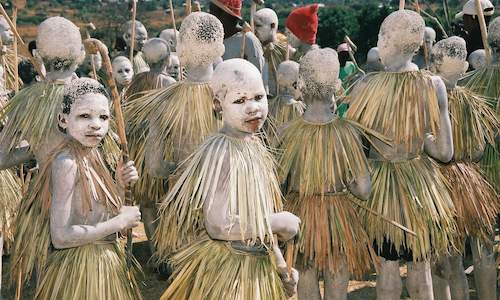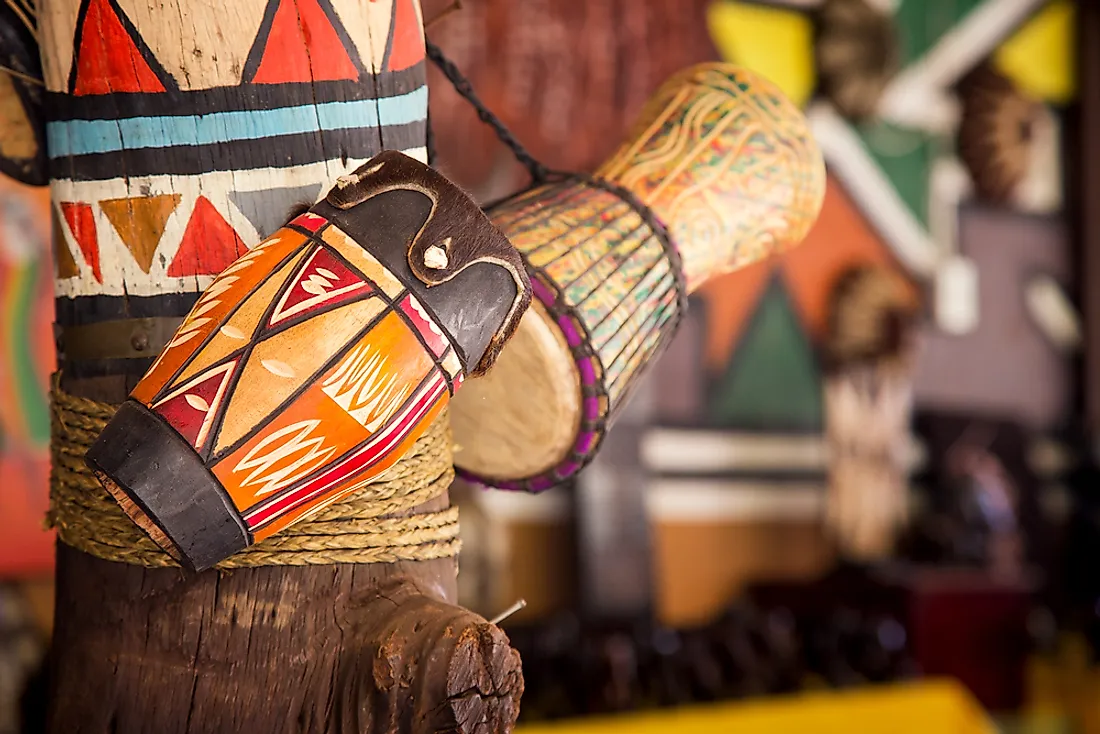The smart Trick of South African Culture Today That Nobody is Talking About
Table of ContentsThe Main Principles Of South African Culture Today Top Guidelines Of South African Culture TodayRumored Buzz on South African Culture TodayA Biased View of South African Culture TodayNot known Details About South African Culture Today The Ultimate Guide To South African Culture Today
An issue of relevance in Zambian towns is the passing away of enjoyed ones. All members of the village placed cash, time and initiative with each other for the interment of the deceased.Throughout the mourning period; men remain outside the residence and the ladies stay inside your house of the deceased. After speaking regarding the departed, the village walks to the location of burial to say their last farewells. Music and dance is a really important element of the Zambian culture. The various tribal devices have their own dancing kinds; however, makishi prevails among all people.
Fascination About South African Culture Today
When it pertains to songs, drums are made use of the most, with a range of drumming ceremonies. In Zambia, bulk of individuals are Christian; Protestant and Roman Catholic. There are tiny groups of Muslims and Hindus, with the remainder complying with regional indigenous tribal ideas.

South African heritage and culture is tremendously varied, and includes various groups of individuals that each have their very own customs and ideas. Having such a diversity of individuals and cultures is what makes South Africa so one-of-a-kind. In the true feeling of the phrase, we are a rainbow country.
Making it the 7th on the checklist of nations with the most Portuguese people in it outside of Portugal. Portuguese is not only a culture, however it is additionally a language and a nationality. Portuguese people originate from the country of Portugal in Europe, nonetheless, due to Portugal (like several various other countries in Europe) exploring the world and conquering various other nations throughout the 15th 20th centuries, South Africa has what we call Portuguese South African's living in it.
Unknown Facts About South African Culture Today
Amongst the popular features of the topography is a plateau that covers practically 2 thirds of the center of the nation. The plateau complicated rises towards the southeast, where it culminates in the Drakensberg variety, part of a cliff that divides the plateau from the coastal locations. The Drakensburg consists of Sparkling wine Castle, the highest peak in the country.
The area north of the Witwatersrand, called the bushveld, slopes downward from eastern to west towards the Limpopo River, which forms the international border. The western area of the plateau, the middleveld, also descends in the direction of the west and varies in altitude between the highveld and bushveld. In between the Drakensburg and the eastern and southern coast, the land descends to the sea.
Nearer the shore there is a low-lying plain called the eastern lowveld. Southwest of the plateau the nation ends up being gradually more dry, offering method to the hostile desert of the Great Karroo, bordered on the east by the reduced, much better watered plateau of the Little Karroo. Separating the dry southerly interior from the sandy coastal of the southerly coast and West Cape is another variety, the Langeberg.
Get This Report on South African Culture Today
The country's click to read more racially, ethnically, and politically split background has actually produced nationwide and subnational icons that still function as symbols of the country, and others icons that are accepted just by particular groups. The monuments to white settler occupation and political prominence, such as the Afrikaner Voortrekker ("pioneer") Monument in Pretoria and the Rhodes Monument honoring the British colonial empire builder and Cape head of state Cecil Rhodes, remain sectarian icons.
The initial contemporary residents were the San ("bushman") hunter-gatherers and the my company Khoi ("Hottentot") peoples, who herded animals (South African culture today). The San might have been existing for hundreds of years and left evidence of their presence in thousands of old cave paintings ("rock art"). Bantu-speaking clans that were the ancestors of the Nguni (today's amaZulu, amaXhosa, amaSwazi, and vaTsonga peoples) and Tswana-Sotho language groups (today's Batswana and Southern and Northern Basotho) migrated down from eastern Africa as early as the fifteenth century

Both previous republics of the Orange Free State and Transvaal (South African Republic) were established by Afrikaner inhabitants who beat and dispossessed the Basotho and Batswana. Lesotho would certainly have been by force incorporated into the Orange Free State without the extension of British defense in 1869. The utmost marriage of the nation resulted from the South African War (18991902) between the British and the 2 Afrikaner republics, which lowered the nation to mess up at the start of the twentieth century.
Afrikaners traditionally considered themselves the only real South Africans and, while granting full citizenship to all locals of European descent, rejected that status to people of color until the democratic shift of 1994. British South Africans preserve a feeling of social and social connection to Great Britain without weakening their identity as South Africans.
South African Culture Today Fundamentals Explained
The variety and fragmentation within ethnic collections and the balance of stress between those groups throughout the twentieth century avoided interethnic civil conflict. While intergroup stress over sources, privileges, and political dominance continue to be, those problems are as most likely to pit Zulu versus Zulu as Zulu against Xhosa or African versus Afrikaner.
From colonial India, British vendors and administrators brought the bent steel ornamental roofs and slim lace job columns that still typify the outdoor patios of cottages in towns and cities throughout the country. Holy places add a crucial architectural element even in the tiniest towns. In enhancement to the skyrocketing steeples and classic stonework of Afrikaans Dutch Reformed churches, Anglican churches, synagogues, mosques, and Hindu temples supply variety to the religious building scene.

Slaughtering and the brewing of standard grain beer are vital in protecting the involvement and goodwill of the ancestors who are considered the guardians of good fortune, success, and well-being. Indian areas preserve their indigenous cooking customs and apply them on Islamic and Hindu ritual and ceremonial celebrations. Afrikaners and Coloured individuals Full Report gather at weekends and unique events at multifamily barbeques called braais, where neighborhood bonds are strengthened.
Since this was the key financial business of both black Africans and white colonists, problem in between those teams fixated the possession of grazing land and livestock. In 1867, the biggest diamond down payments on the planet were discovered at Kimberley in the west main area. The riches from those areas helped fund the exploitation of the biggest gold reef worldwide, which was discovered on the Witwatersrand in 1886.
Getting The South African Culture Today To Work
This led to misunderstandings and intentional misstatement in the dealings of white inhabitants and federal government authorities with African principals throughout the colonial period (South African culture today). In the establishment of African books, some facets of communal and mainly "tribal depend on" land period were preserved, and even in white country locations, kinds of communal tenure were still practiced in areas with African neighborhoods
After the autonomous makeover of 1994, programs for land restitution, redistribution, and reform were set up, but development has been sluggish. The white minority still manages eighty percent of the land. Following farming land intrusions in Zimbabwe, the Division of Land Matters has actually vowed to speed up land redistribution.
Comments on “South African Culture Today - Questions”